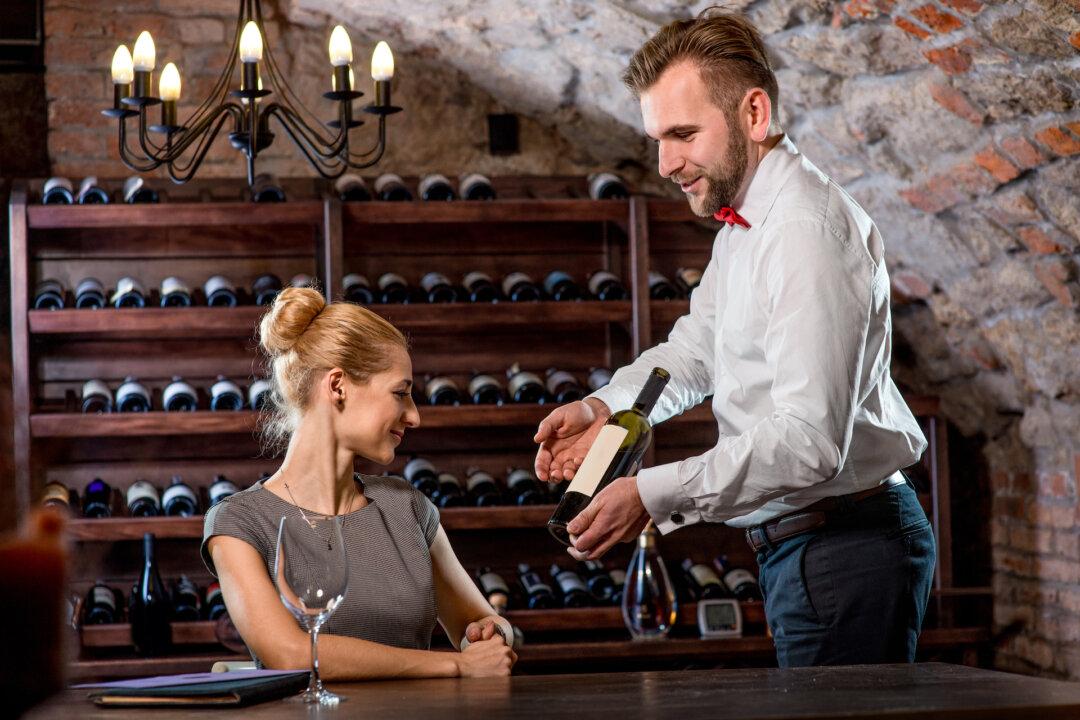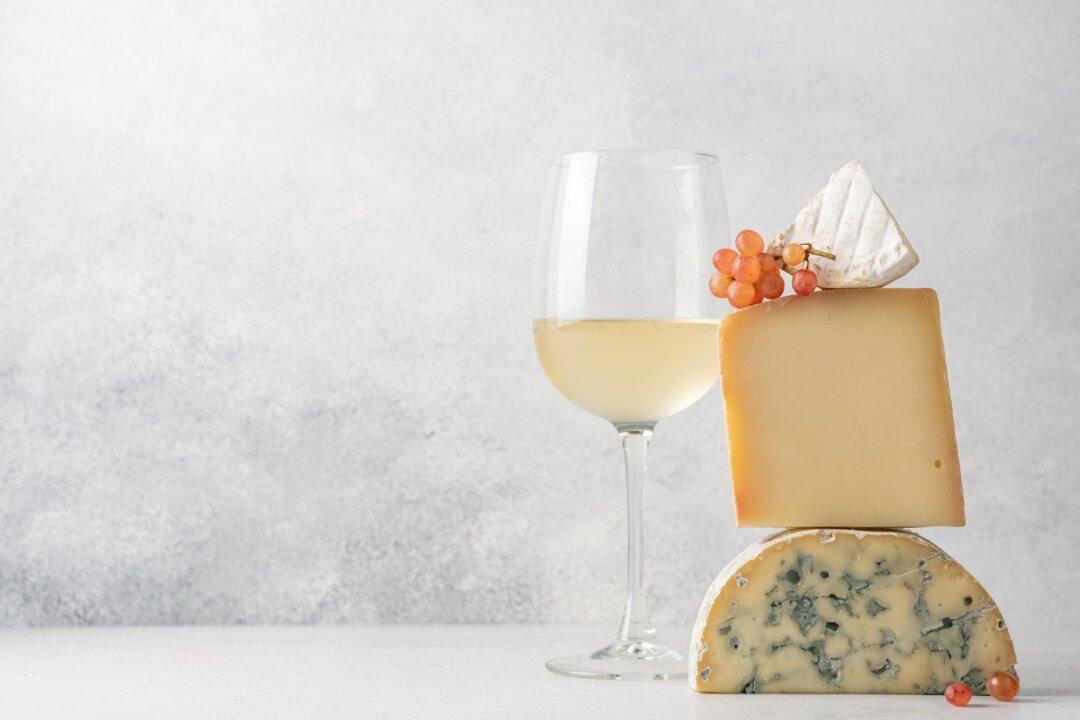As the COVID-19 pandemic began to wind down over the last year, I noticed a sad trend in some upscale restaurants: Wine list prices seemed to be rising.
I don’t mean only at Michelin-starred places. I refer also to simple, quality cafes that once priced their wines at about three times wholesale, or twice retail. That’s plenty. Restaurants usually pay less for wine than do retail wine stores, and careful restaurant wine buyers can make a decent profit with normal markups.
But increasing prices beyond twice retail, such as 2 1/2 or even 3 times retail, pushes some consumers out of the wine market in restaurants. That eventually could backfire on restaurant owners in the form of fewer diners.
I always figure that the price of the average bottle of wine should equal about twice the price of an average main dish. So, for example, if an average main dish is $18, a bottle of most wines that will be shared by two people should probably not exceed $36. Recently I’ve seen far too many at $50.
Of course, this is an extremely rough estimate and it’s also fraught with pitfalls. Especially if that $36 bottle is one that sells in a retail shop for about $12. And such is often the case. Restaurants aren’t exactly repositories of magnanimous behavior.
Years ago, if a brand was extremely popular in the retail marketplace, it also was seen in restaurants. So we used to see a lot of Chateau St. Jean, Jordan, Sterling, Kendall-Jackson, Robert Mondavi, and other well-regarded brands on restaurant wine lists.
The problem was that those brands were so popular in retail stores that most regular wine buyers knew exactly how much they were paying to get them at retail. Which limited restaurants as to how much they could mark them up.
If you always paid $18 for a particular chardonnay in a store, no restaurant ever felt comfortable charging $50 for it. Savvy consumers wouldn’t stand for it.
For that reason, many restaurants created wine lists that focused on brands and regions that were relatively obscure. The less that consumers knew about wine list offerings, the more they would accept whatever price was put on it.
So what do average consumers do today when confronted with wines they know nothing about? Some simply take a wild stab at it. I occasionally find myself in situations like this, and I usually resort to my cellphone.
I use an app called Wine-Searcher (Wine-Searcher.com) that has all the information most people will ever need.
Assume you’re sitting in a cafe, and you find a bottle of wine that says it’s from Listrac. Open Wine-Searcher, type in “Listrac,” and you'll see that it is “the least prestigious (area) of the Haut-Medoc,” a French wine area, meaning wines should be reasonably priced. The search also provides chateau name searches, allowing consumers to know how much a specific wine should sell for at retail.
Wine of the Week
2020 Bonny Doon Le Cigare Volant, Central Coast ($18): Randall Grahm developed this excellent red wine long ago to emphasize how good the various Rhone grapes could be when blended. At one point more than a decade ago, the wine was darker and aimed at improving in the cellar. Today the style is more approachable when young.This example is a delight in lighter-styled red wines focusing on grenache and cinsault. Elegant, low in tannins, and excellent with almost all kinds of foods. The 2021 vintage is reportedly just as good. Often seen at $15 or less.





